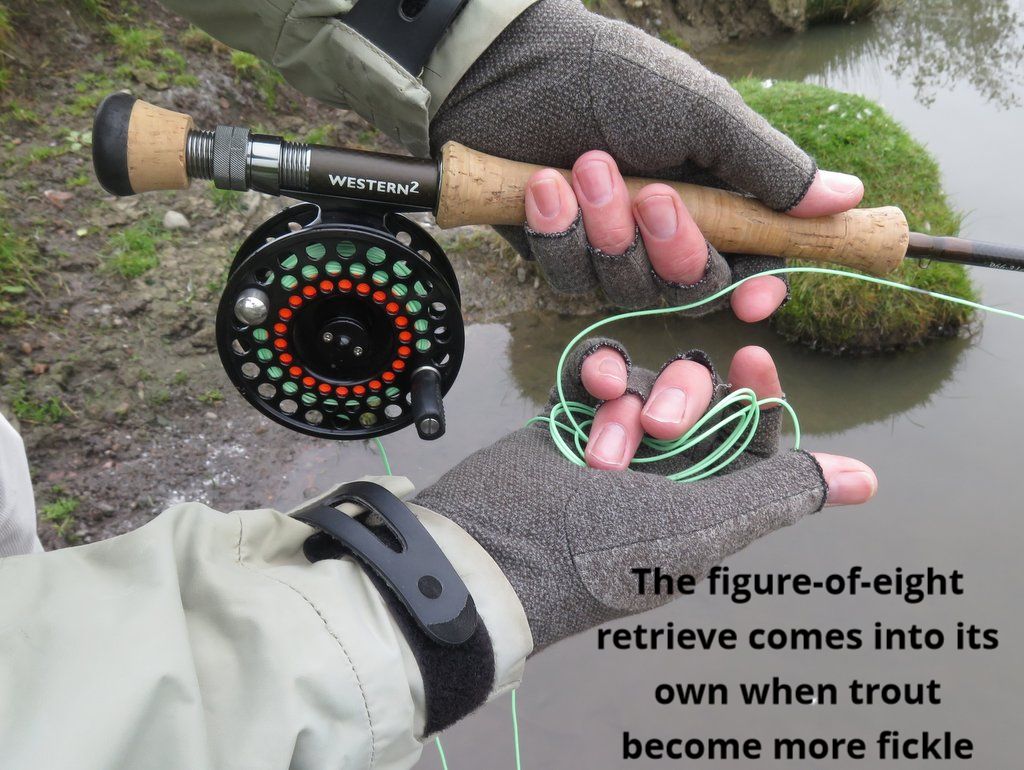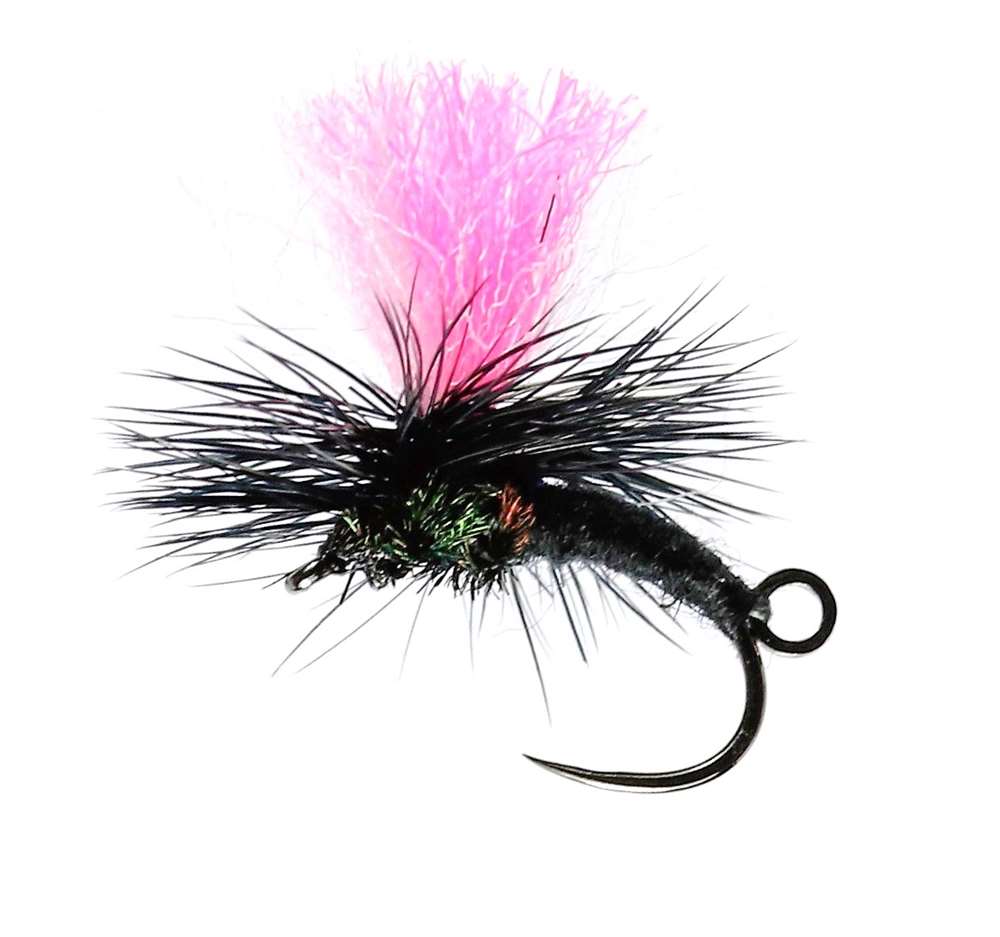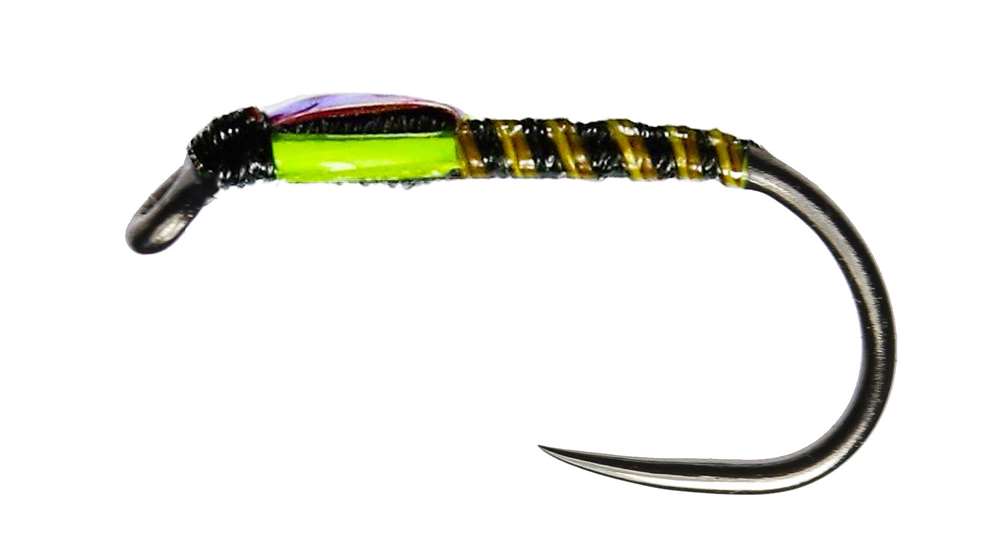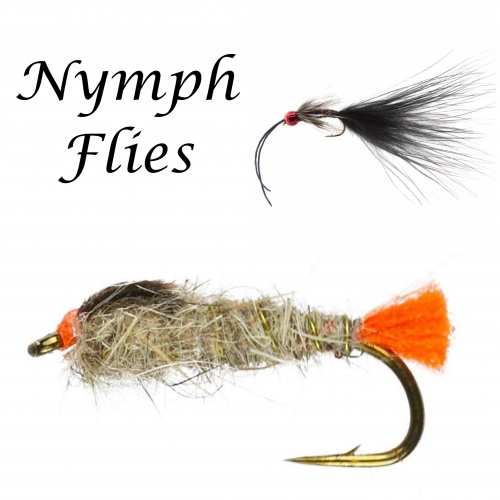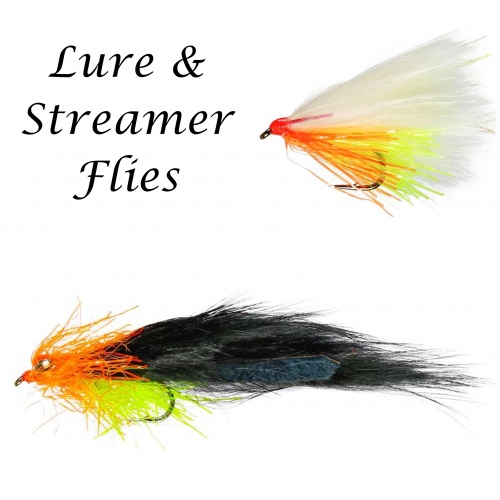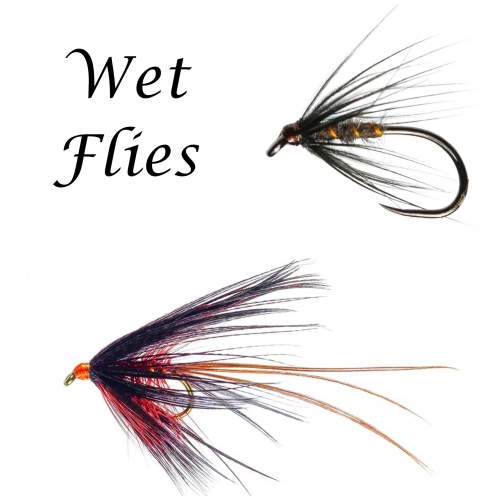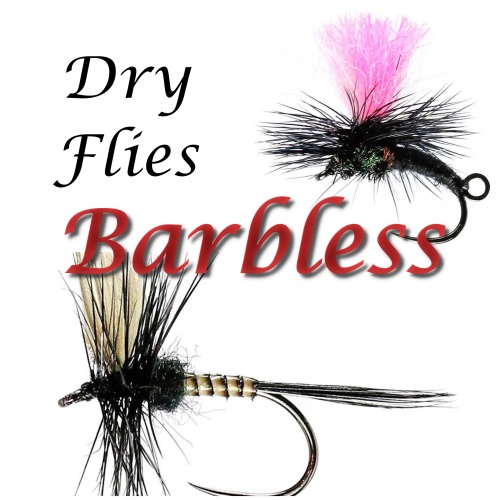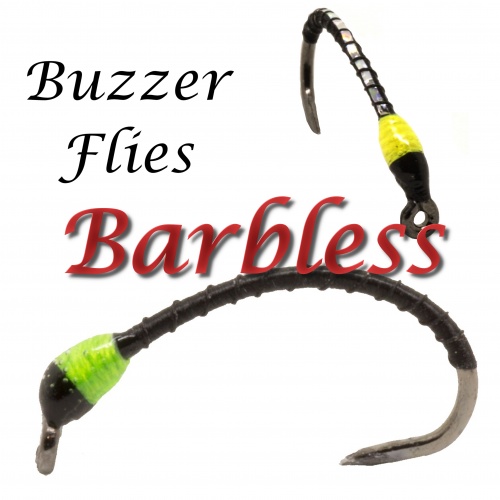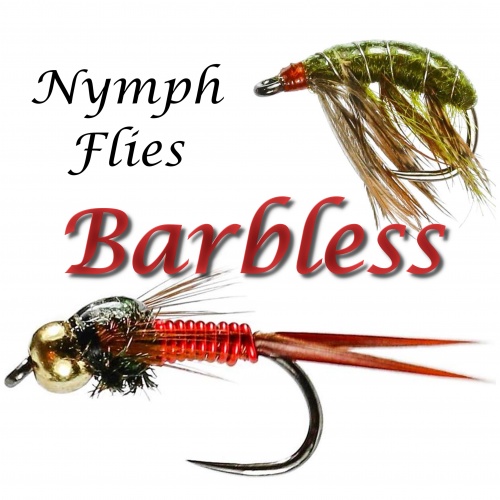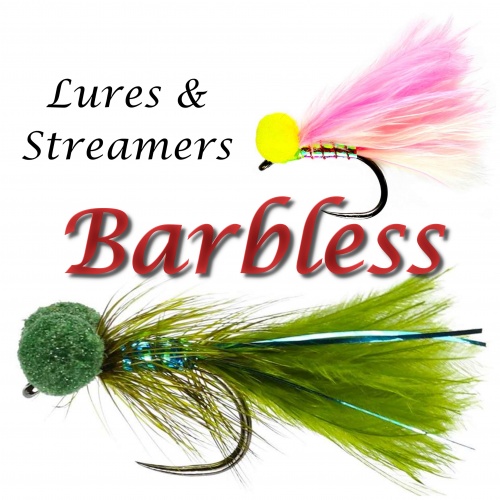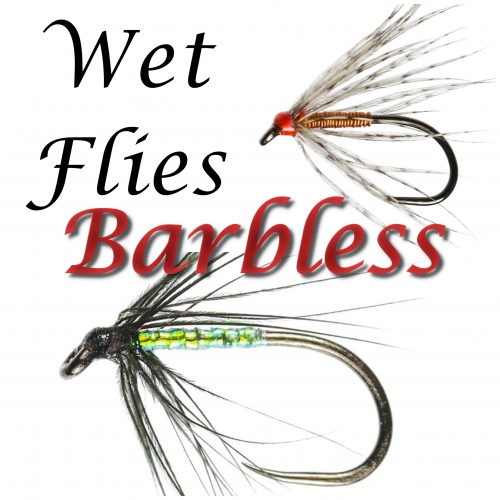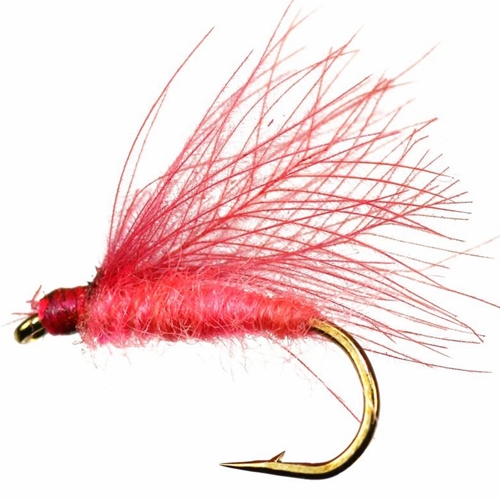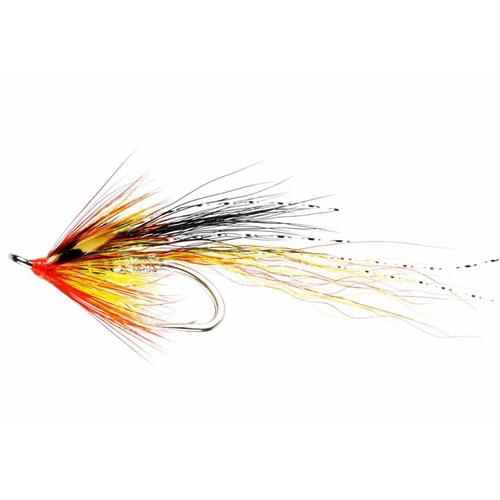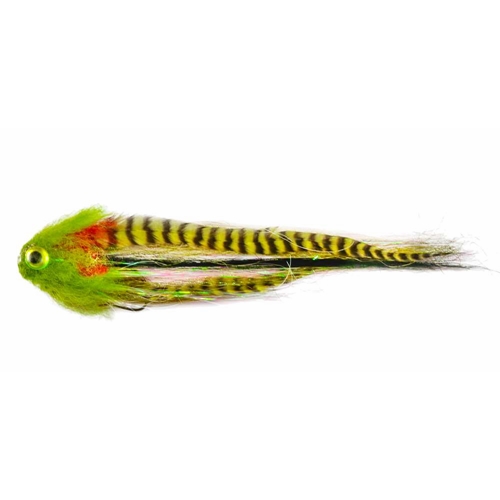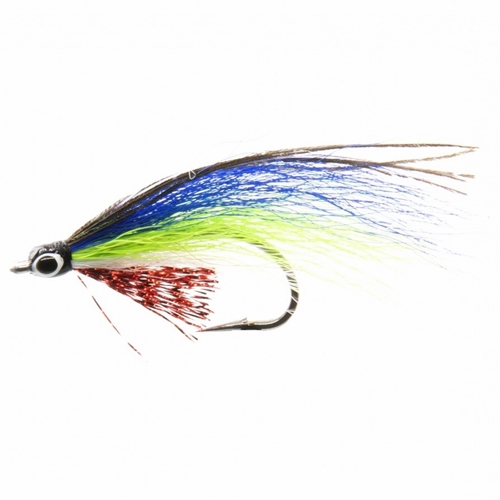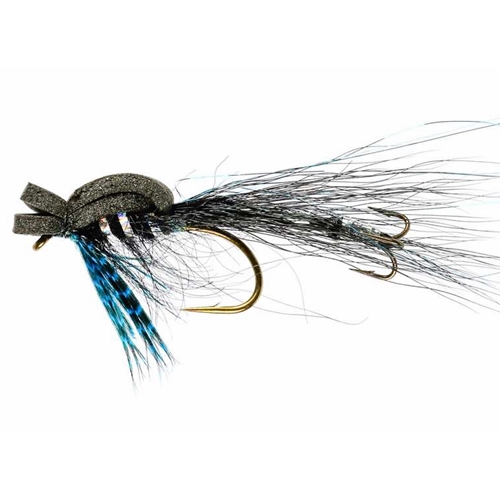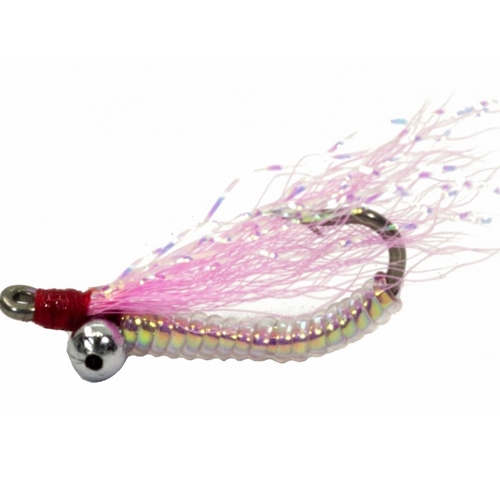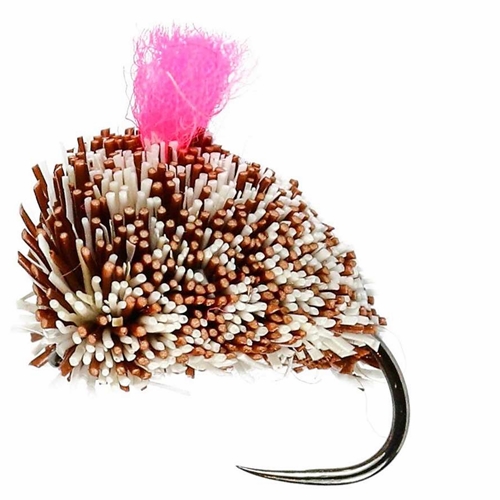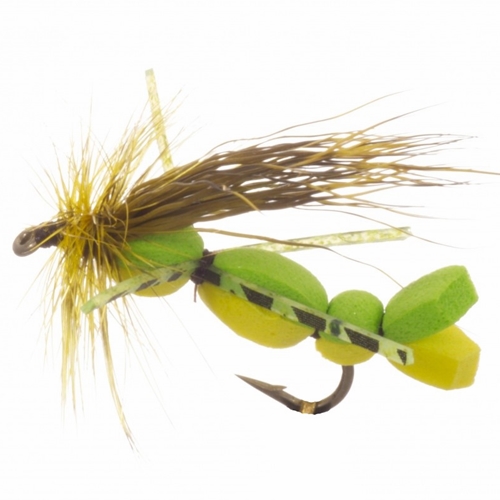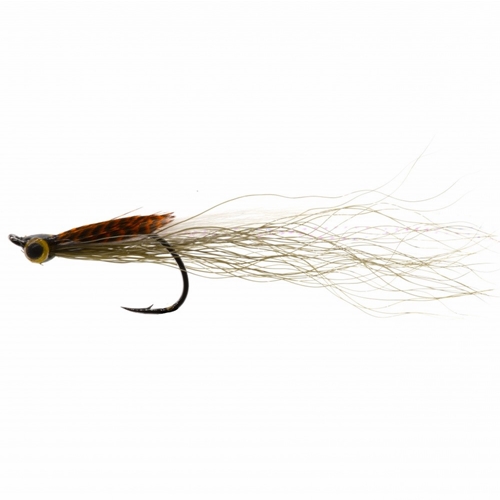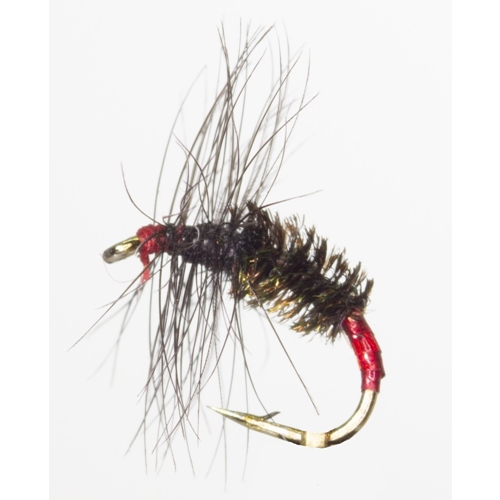Top 10 stillwater fishing tips
Top Ten Stillwater Tips:
1. Use Polariods
Naturally, we’re all safety conscious these days when it’s vital to wear some form of eye protection. However, polariods offer a lot more, like preventing eye strain during brighter conditions. Furthermore, they allow us a privileged glimpse beneath the surface, when not only can you determine drop-offs, but physically spot feeding fish too, under favourable conditions. As a tip, look to brown, or grey lenses during full sun and yellow for cloudy days, or low light levels. Bear in mind too that a peaked cap helps shield your eyes from harsh light.
2. Look to fluorocarbon when nymphingFluorocarbon physically sinks quicker than both nylon and copolymer. Naturally, we’re only talking marginal increments here, but that all adage “every second counts” really does ring true. As coupled with slim, heavy buzzer/nymph patterns, your terminal tackle will get down and stay down when nymphing with a floating line. This can be helped further with a slow sinking density poly leader.
3. Slow is Frequently Best
Often the secret to success is all in the retrieve. Trout in many smaller stillwaters see a lot of flies every single day and most of these come whizzing past their noses, so they soon learn to avoid patterns which behave like this. In contrast, an ultra slow figure-of-eight retrieve just seems to tempting to them. Coupled to this is that most bugs we strive to imitate move around at snail’s pace. So, next time you’re struggling, take a deep breath and slow things down.
4. Understand Bugs
“Entomology” is a scary word to many, who understandably shy away from learning about fly life and the bugs trout depend upon. However, stripped bare “entomology” is nothing more than seeing what trout are feeding on and presenting them with an appropriate imitation. As you can see, there’s no need for Latin names, or magnifying glasses. A better understanding for anglers can be found here:
5. Tie your own flies
Those in their formative years of fly fishing rightly rely on shop bought flies to fool fish. However, we strongly recommend you contemplate tying your own flies at some point. The advantage is here that you can dress specific flies in terms of their size and colour for fishing your local waters.
6. When to fish the windward (exposed) bank
Stillwaters behave like a conveyer belt when the wind blows, in that food is swept across the surface to accumulate on the windward (exposed) shoreline. Obviously, trout tend to follow the food source, so you would expect to find them here. This rings true when warmer winds heat up surface water, that in turn promotes trout activity, especially in the early season. However, a chilly wind cools the surface, which often makes fish reluctant to feed on the exposed bank now.
7. When to fish the leeward (sheltered) bank
Taking the above into consideration. Cold surface water that reaches the exposed shore is tracked back to the upwind (sheltered) bank via the undertow. Here, deeper, warmer water increases temperatures so the water is warmest when it reaches this point, which is more comfortable for trout given an icy wind.
8. Time you visit
Understandably, we’re all keen to get out and cast a fly, especially during the opening weeks. However, we can sometimes be too eager. Remember, it’s still quite chilly in April, which confines the best insect (hatch) activity to the warmest part of the day, usually between 11am and 3pm. Anglers arriving at 6am, are often cold and bored come 11am and thinking of packing in for the day. Whereas those turning up around 11am, are fresh, alert and ready to fish.
9. Check you knots
In our haste and excitement, it’s easy to overlook seating down our knots correctly. It pays now to be diligent and take a second or two longer to make sure your knots are firmly bedded in. To that end, trimming your tag end right up to the shoulder of a knot is not advised. It’s always wise to leave a proud tag of approx 5mm as some form of insurance. As to this affecting the fly, or fish seeing it, let’s not kid ourselves as the leader is the longest tag end ever!
10. Cut down on false casts
Many anglers make far too many false casts. This excessive movement not only means trout can detect us more easily, but all this rod action wears out fly lines more quickly. Try to cut down on false casts (no more than 3 false casts) and aim to shoot line at the correct moment. Bi-coloured fly lines help here as the colour change determines the optimum time to release our fly lines.
